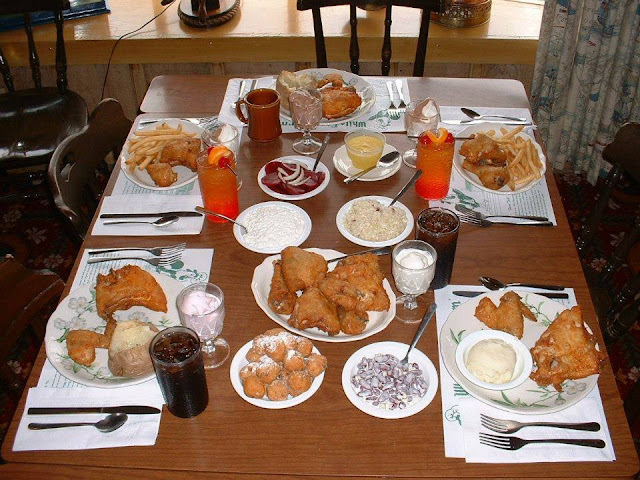



 |
| President George W. Bush Boarding Marine One Helicopter at Meigs Field. (2002) |
 |
| Meigs Field was also well known as the default takeoff airfield in many early versions of the popular Microsoft Flight Simulator software program. |
 |
| The final plane leaves Meigs Field - April 5, 2003 |





The Northerly Island's 91-acre peninsula juts into Lake Michigan at the heart of Chicago's Museum Campus has been repurposed as Daniel Burnham's 1909 Plan of Chicago envisioned. The majority of this space is dedicated to nature and features beautiful strolling paths, casual play areas and a spectacular view of the Chicago skyline.


MEIGS FIELD TIMELINE
In 1972, Mayor Richard J. Daley proposed Meigs' closure, but he backed down when threatened with the loss of federal FAA funding.
In 1980, Mayor Jane Byrne proposed Meigs' closure for the 1992 World's Fair if the City was chosen as the host city.
In 1992, the City Department of Aviation published its intent to close the airport in its annual report.
In 1994, Mayor Richard M. Daley announced plans to close the airport and build a public park in its place on Northerly Island.
In September of 1996, the Park District & Department of Aviation closed Meigs. Within two months, the State Legislature voted to reopen the airport under state control. In January 1997, Governor Jim Edgar & Mayor Daley struck a bargain: Meigs would reopen for 5 years, with the City retaining control of the airport.
Meigs was reopened in February 1997.
In 2001, a compromise was reached between Chicago, the State of Illinois, and others to keep the airport open for the next twenty-five years. However, the federal legislation component of the deal did not pass the United States Senate.
On March 31, 2003, in the early morning hours, with a Chicago Police escort, the city bulldozed the runway at Meigs Field.
The FAA fined the city $33,000 for closing an airport with a charted instrument approach without giving the required 30-day notice. This was the maximum fine the law allowed at the time.
On September 17, 2006, the city dropped all legal appeals and agreed to pay the $33,000 fine and REPAY the $1 million dollars in FAA Airport Improvement Program funds that it used to destroy the airfield and build Northerly Island Park.
Compiled by Dr. Neil Gale, Ph.D.
In 1972, Mayor Richard J. Daley proposed Meigs' closure, but he backed down when threatened with the loss of federal FAA funding.
In 1980, Mayor Jane Byrne proposed Meigs' closure for the 1992 World's Fair if the City was chosen as the host city.
In 1992, the City Department of Aviation published its intent to close the airport in its annual report.
In 1994, Mayor Richard M. Daley announced plans to close the airport and build a public park in its place on Northerly Island.
In September of 1996, the Park District & Department of Aviation closed Meigs. Within two months, the State Legislature voted to reopen the airport under state control. In January 1997, Governor Jim Edgar & Mayor Daley struck a bargain: Meigs would reopen for 5 years, with the City retaining control of the airport.
Meigs was reopened in February 1997.
In 2001, a compromise was reached between Chicago, the State of Illinois, and others to keep the airport open for the next twenty-five years. However, the federal legislation component of the deal did not pass the United States Senate.
On March 31, 2003, in the early morning hours, with a Chicago Police escort, the city bulldozed the runway at Meigs Field.
The FAA fined the city $33,000 for closing an airport with a charted instrument approach without giving the required 30-day notice. This was the maximum fine the law allowed at the time.
On September 17, 2006, the city dropped all legal appeals and agreed to pay the $33,000 fine and REPAY the $1 million dollars in FAA Airport Improvement Program funds that it used to destroy the airfield and build Northerly Island Park.
Compiled by Dr. Neil Gale, Ph.D.












































